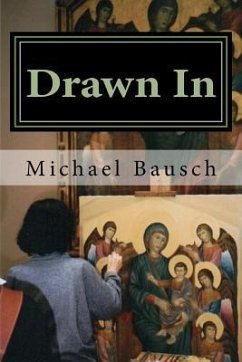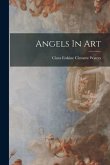Good art draws us in - to linger, to question, to discuss, to simply enjoy. It's also true the artist has "drawn" into an artwork a lifetime of study, practice, reading, and a world of stories and themes.This book discusses some of what Michael Bausch learned about art, architecture, and film after years of study and taking small groups to world-class art museums in Italy, Spain, France, England, the Netherlands, and Greece.The story he tells begins with differences he found between "looking" at and "seeing" art, and then moves into descriptions and reflections about selected works in Florence (Michelangelo's "David"), Bonifacio's "Slaughter of the Innocents" in Venice, and Bernini's "Cathedra Petri" in St. Peter's Basilica in Rome.Following that is a look at the fascinating stories behind the large obelisk in the middle St. Peter's Square and the course of its long history as a bit of monumental architecture.The book closes with a few short poems from Sicily, and then a look at what's been "drawn in" Fernando Botero's "Abu Ghraib" and James Cameron's film Avatar. While these are not classical Italian art, the author wants to show how what he learned in studies of the Italian pieces can be applied to a more modern art exhibit (Botero) and even to a film like Avatar.Two versions of the book are available, one in color for art aficionados, and one in black and white for those who care more about the text.
Hinweis: Dieser Artikel kann nur an eine deutsche Lieferadresse ausgeliefert werden.
Hinweis: Dieser Artikel kann nur an eine deutsche Lieferadresse ausgeliefert werden.








